GUEST BLOGGER NORA NICKUM
A hole is a part of something where there’s nothing at all. And while they seem at first to be nothing, in fact they lend themselves to all kinds of descriptions. They can be big or small, deep or shallow, numerous or solitary, problematic or lifesaving, mysterious or painfully familiar. This Book is Full of Holes introduces holes across STEAM disciplines–from biology, ecology, and geology to engineering, art, and music–with an opposites structure and colorful and quirky art by Robert Meganck. The activities below give students a chance to consider different kinds of holes in the world around them, practice using adjectives and idioms, and explore opposites through art.
Practice with adjectives
- Gather props or write on slips of paper everyday objects that have holes. These could include, for example, a pencil sharpener, scissors, glue bottle, mitten, coat, pen cap, garbage can, salt shaker, cheese grater, Life Saver, colander, doorway.
- Ask students to make a list of all of the adjectives they can think of that describe that hole (e.g., small, large, narrow, round, useful, useless, problematic, mysterious, natural, open, indented, deep, shallow, many, just one). How many adjectives can they come up with?
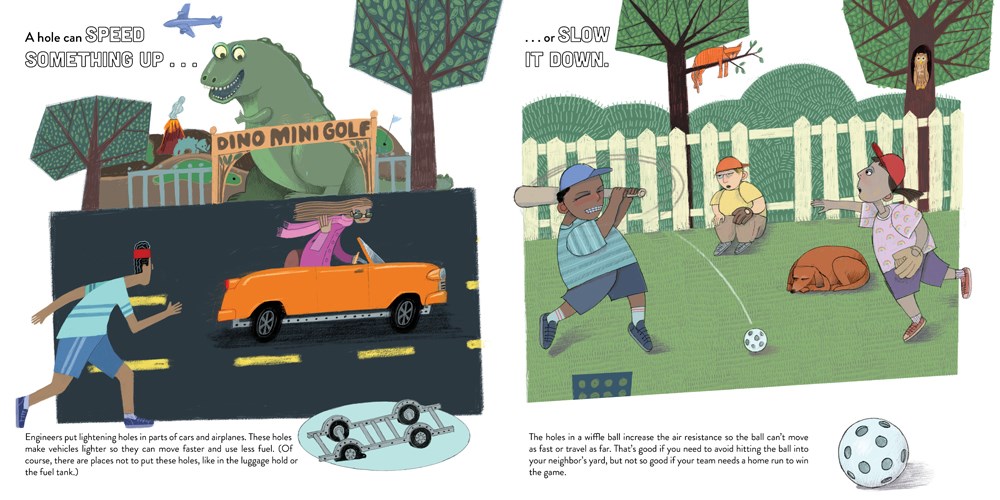
Illustrations © 2024 Robert Meganck. Used with permission from Peachtree Publishing Company, Inc.
Read This Book is Full of Holes and discuss as a class
Potential discussion questions:
- What makes a hole a hole?
- Did you notice any other holes hidden in the illustrations that weren’t mentioned in the text? Why do you think the illustrator included those?
- What other holes come to mind that weren’t included in the book at all? Where would you categorize those holes in terms of the opposites laid out in the book (e.g., open or indented, one or many)?
- Does a paper towel tube have one hole or two? Why?
Write a short story
- Read aloud the back matter in This Book is Full of Holes about English idioms that relate to holes. Discuss the idioms as a class. Have students heard any of those sayings before?
- Ask students to write a short story or comic strip that incorporates one of these sayings, such as “loophole,” “square peg in a round hole,” “go down a rabbit hole,” or “dig yourself into a hole.” They could also try to incorporate one of the actual physical holes from the book’s main text into their story.
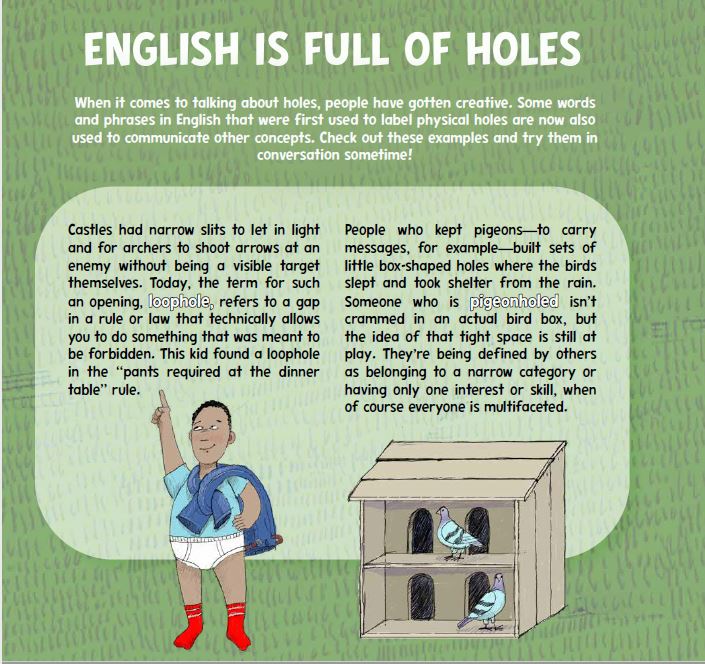
Making art to explore opposites
- Give each student two pieces of paper with holes cut out of the middle (the hole can be any shape but should be the same size and shape on both pieces of paper).
- Have students pick a pair of opposites from the book (e.g., on land vs. underwater, deep vs. shallow, tiny vs. enormous, problematic vs. problem-solving, a lifesaver vs. dangerous) and make two drawings, one on each page, reflecting each of those concepts.
- Invite students to share their pictures with the class. They could invite their classmates to guess what pair of opposites they chose to illustrate.
Featured image credit: “Jackson in a hole” by terren in Virginia is licensed under CC BY 2.0.
Nora Nickum works at the Seattle Aquarium and is also a children’s author. Her debut picture book is This Book is Full of Holes: From Underground to Outer Space and Everywhere in Between, illustrated by Robert Meganck (Peachtree, March 2024). She also has a middle-grade nonfiction book, Superpod: Saving the Endangered Orcas of the Pacific Northwest (Chicago Review Press, 2023). Both are Junior Library Guild Gold Standard selections. Learn more about Nora at www.noranickum.com and follow her on Instagram @noranickumbooks.




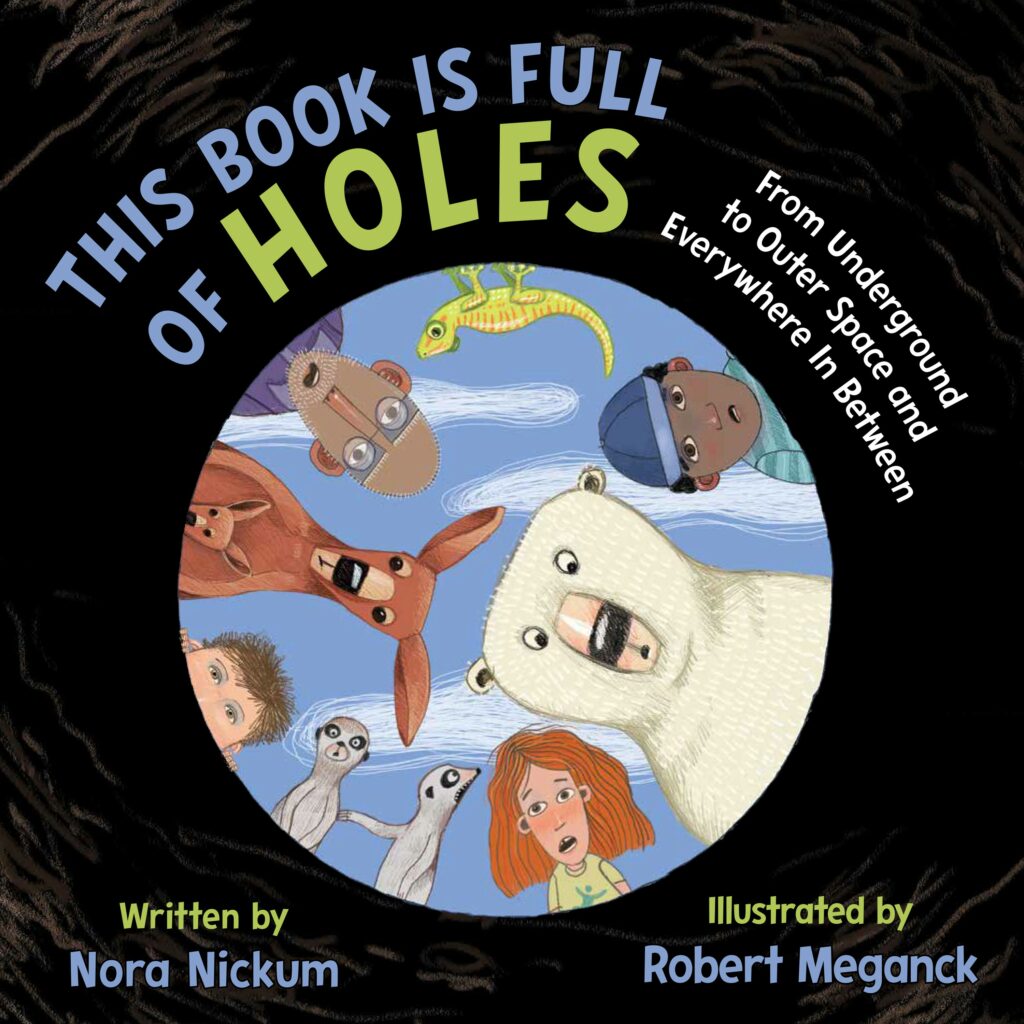
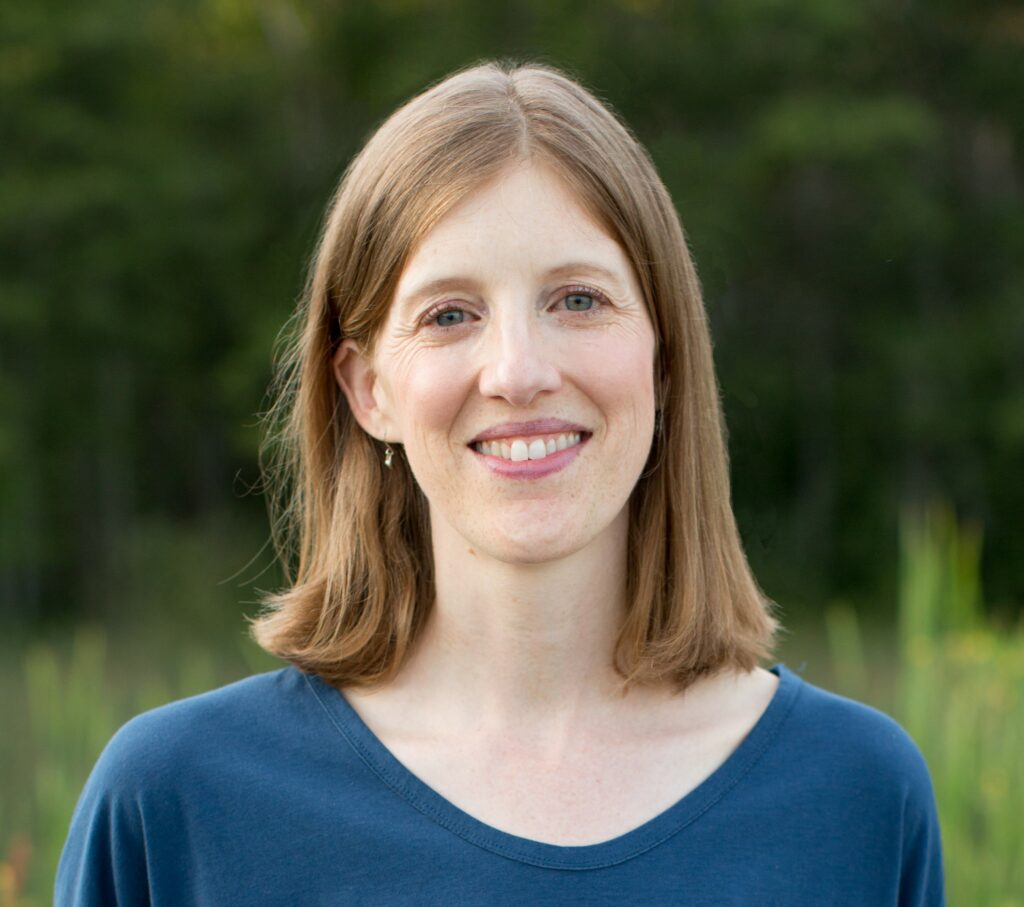
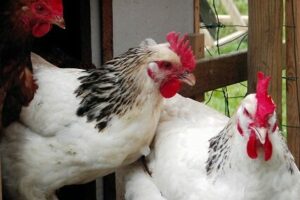
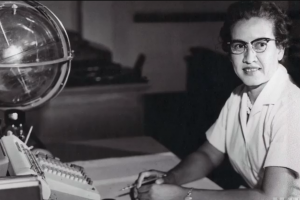



Leave a Reply
Your email is safe with me.